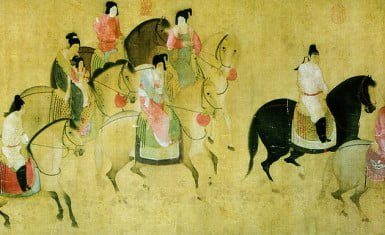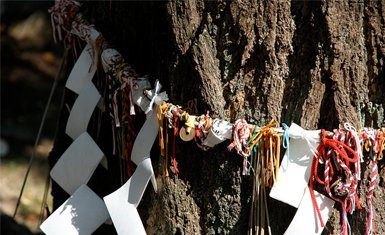Pachinko is a Japanese game/gambling machine that could be described as a cross between a video slot machine and pinballs.
It was invented in the post-war years in the Japanese city of Nagoya, although some aspects of the game are based on games that were earlier imported from Europe around 1920, such as the “Corinth” Game.
Nowadays, Pachinko machines are distributed throughout Japan in “pachinko-parlors”. By using a sneaky and ingenious method of giving players “prizes” that can be exchanged for cash, they skirt Japan’s theoretically strict gambling laws and are basically a legal casino gaming system.
How To Play Pachinko
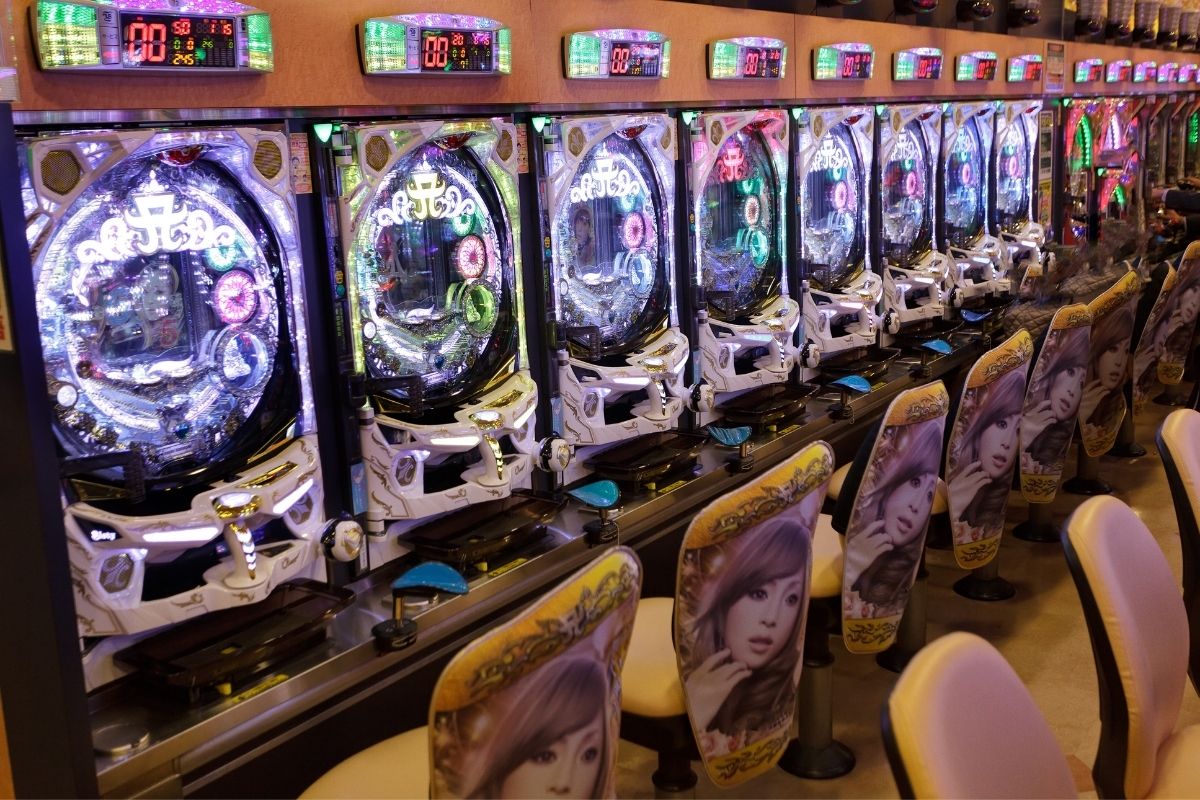
Pachinko consists of the player buying a large number of steel balls and then inserting them into the machine.
In the center of the machine, there is a kind of regulator that rotates when pulling the balls, causing them to be thrown downwards. Most balls subsequently fall to the bottom of the machine without providing a reward.
If you are lucky, a few balls might fall into the small gates below that reward you by giving you more balls.
The goal is to win as many balls as possible, which the player can use to continue playing or exchange them for prizes.
Is Pachinko Gambling?
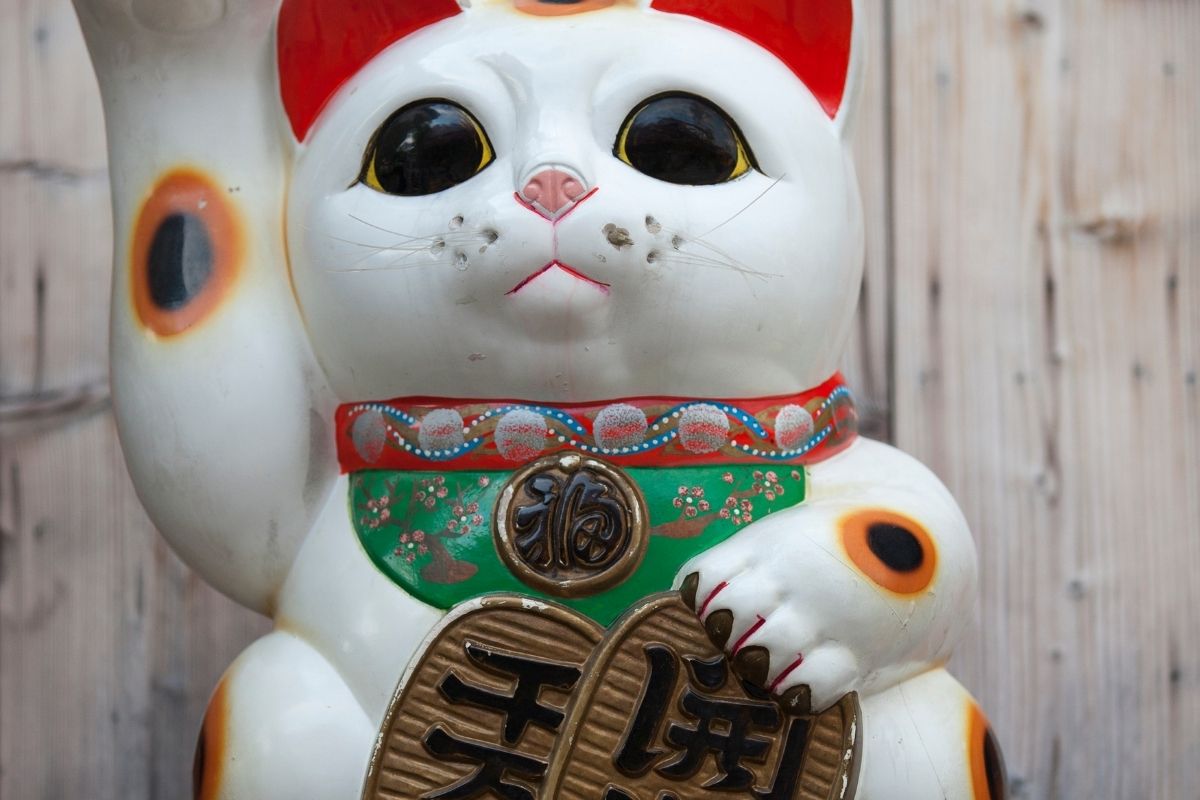
When the player wants to exchange their won marbles, they press a switch on the top of the machine to call a staff member, who takes your box of marbles to an automatic counter to see how many there are.
After registering the number of balls won by the player and the number of the machine used, the manager gives you a ticket which indicates the number of balls won.
You then take this magic ticket to the exchange counter to decide on your “prize”. Among the prizes available, there will always be one known as a “special prize”. It is typically something that is apparently silver or gold in a small plastic box.
Once your “prize” is in your pocket, you exit the pachinko parlor and, as luck would have it, there’s a small stall next door looking to buy these “special prizes”—what a coincidence.
You then sell your “special prize” for cash which can be sold for cash, and the triangle is complete.
Where did the word pachinko come from?
Like a lot of words in Japanese, the name “pachinko” is what’s known as onomatopoeia, where the word describes a sound. In this case, the machine is said to make a “Pa-chi” noise. The “ko” suffix is to indicate small objects such as the balls used.
Why is pachinko so popular in Japan?
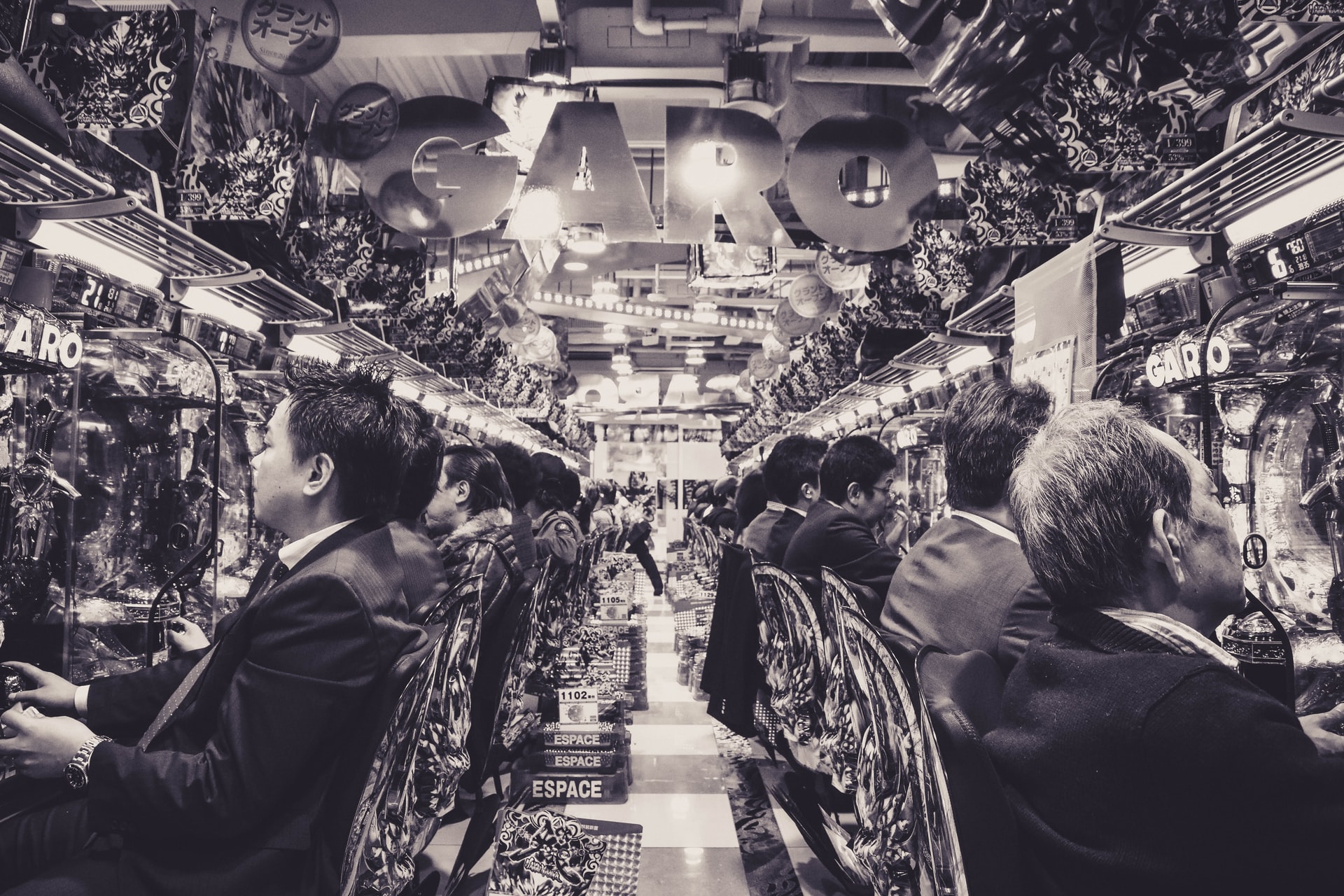
It’s no doubt that Pachinko is the most popular form of gambling in Japan. Even small towns will usually have a pachinko parlor on the outskirts of the town, and in the cities, there are giant pachinko complexes in many neighborhoods.
So for Japanese with an inclination to gamble, Pachinko is easily accessible and somewhat socially acceptable.
How big is the pachinko industry?
Pachinko is by far the largest segment of the Japanese entertainment market. And although it is slowly decreasing, the pachinko industry remains a huge market sector in Japan.
In 2020 the market size was estimated to be worth 15 trillion Japanese yen. In US dollar terms, this is about $150 billion. In comparison, in 1994, the Japanese pachinko market was a mammoth 30 trillion yen.
How many pachinko parlors are there in Japan?
Japan may well be called the land of the small shinny with 8,800 pachinko parlors scatted around the archipelago. This is down from about 12 thousand in 2012.

